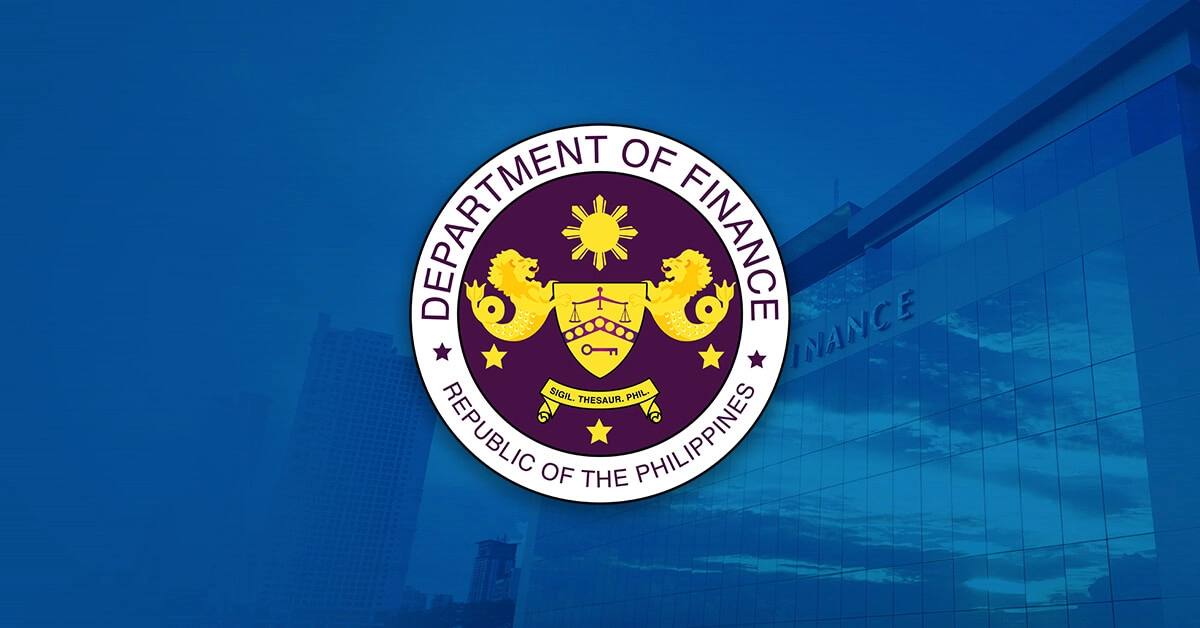Finance Secretary Ralph G. Recto welcomed the sharp drop in headline inflation to 1.8% in March 2025—the lowest level recorded since the pandemic—while reaffirming the government’s commitment to remaining vigilant against risks and sustaining efforts to protect Filipinos’ purchasing power.
“Isa itong napakagandang balita, lalo na para sa ating mga konsyumer at negosyante. Ginhawa ito para sa bawat Pilipino. But our strict monitoring and proactive interventions will continue—even heightened—to safeguard this momentum especially amid global uncertainties,” he said.
The significant decline in March inflation was largely driven by slower price increases in food (2.3% from 2.6% in February 2025) and non-food (1.4% from 1.6%) items.
The lower food inflation especially benefited low-income households. Inflation for the bottom 30% of households dropped to 1.1% in March, down from 1.5% in February and the 4.6% recorded a year ago.
“This is such as welcome news as our top most priority is to help alleviate the burden on vulnerable sectors, especially low-income families. Kaya patuloy tayong gumagawa ng mga paraan para siguraduhing ang mga hakbang ng gobyerno ay magdudulot ng tunay na pagbaba sa presyo ng mga bilihin, lalo na ang pagkain,” the Finance Chief said.
Rice prices recorded a significant improvement, contracting by 7.7% year-on-year in March. This marks a sharp reversal from the highest rice inflation of 24.4% a year ago and better than the 4.9% drop in rice prices recorded in February.
This welcome relief was made possible by decisive whole-of-government actions, including the implementation of Executive Order No. 62 in July 2024 that lowered rice importation tariffs; the reduction of the maximum suggested retail price for imported rice to PHP 45/kg effective March 31, 2025; and the continued rollout of the Department of Agriculture’s (DA) various rice programs.
Sustained government interventions to maintain price stability and protect consumers
To ensure the affordability of food items in the market, the government has expanded rice allocations for vulnerable groups through KADIWA stores and launched a grains terminal and trade station in Batangas to support local farmers.
The government also continues the timely importation of fish and pork, stricter import regulations, improved cold storage technologies, and enhanced supply chain coordination.
The strict border measures and accelerated rollout of the African swine fever (ASF) vaccine will be sustained, which has significantly reduced ASF-affected barangays from 534 in October 2024 to just 39 by mid-March 2025.
To curb price manipulation and unfair trading practices, the Anti-Agricultural Economic Sabotage (AAES) Council held its inaugural meeting and established dedicated groups to protect both consumers and producers.
Over the long term, structural reforms such as the extension and expansion of the Rice Competitiveness Enhancement Fund (RCEF) are expected to boost productivity in the rice sector and contribute to more stable rice prices.
On the energy front, the Department of Energy’s (DOE) recent release of the Green Energy Auction Round 4 Terms of Reference is expected to help power the country sustainably for the next two decades.
To help stabilize electricity prices, the Energy Regulatory Commission (ERC) has ordered Meralco to refund nearly PHP 19.95 billion to consumers over three years. This refund—averaging PHP 0.1189 per kWh, or PHP 0.20/kWh for residential users—represents unutilized costs from a previous regulatory rate reset.
In addition, the country’s economic managers have urged the ERC to stagger any pending electricity rate hikes to minimize their inflationary impact on Filipino households.




